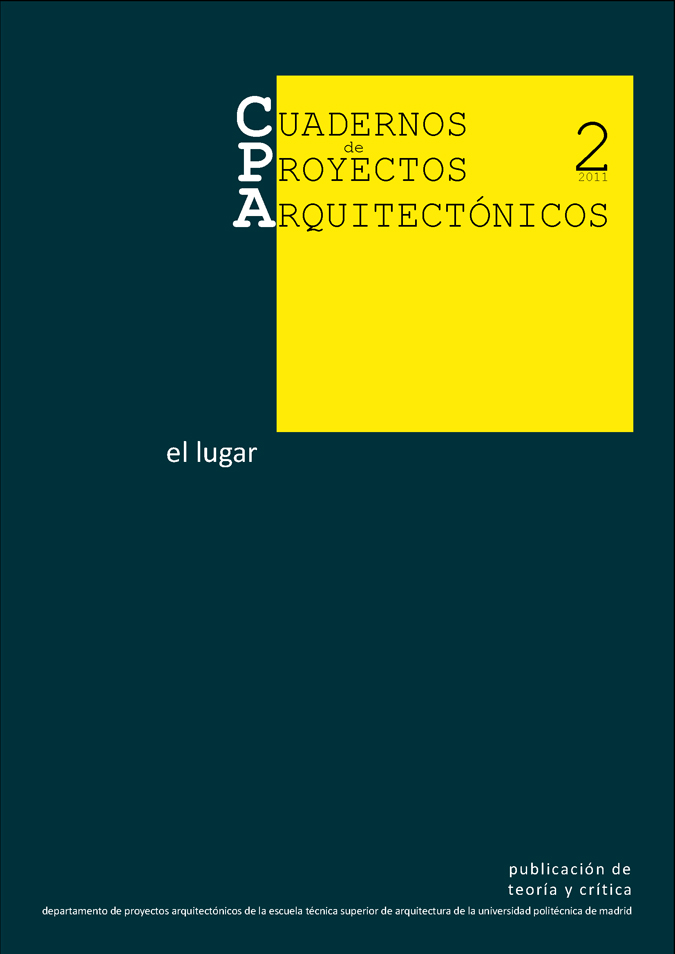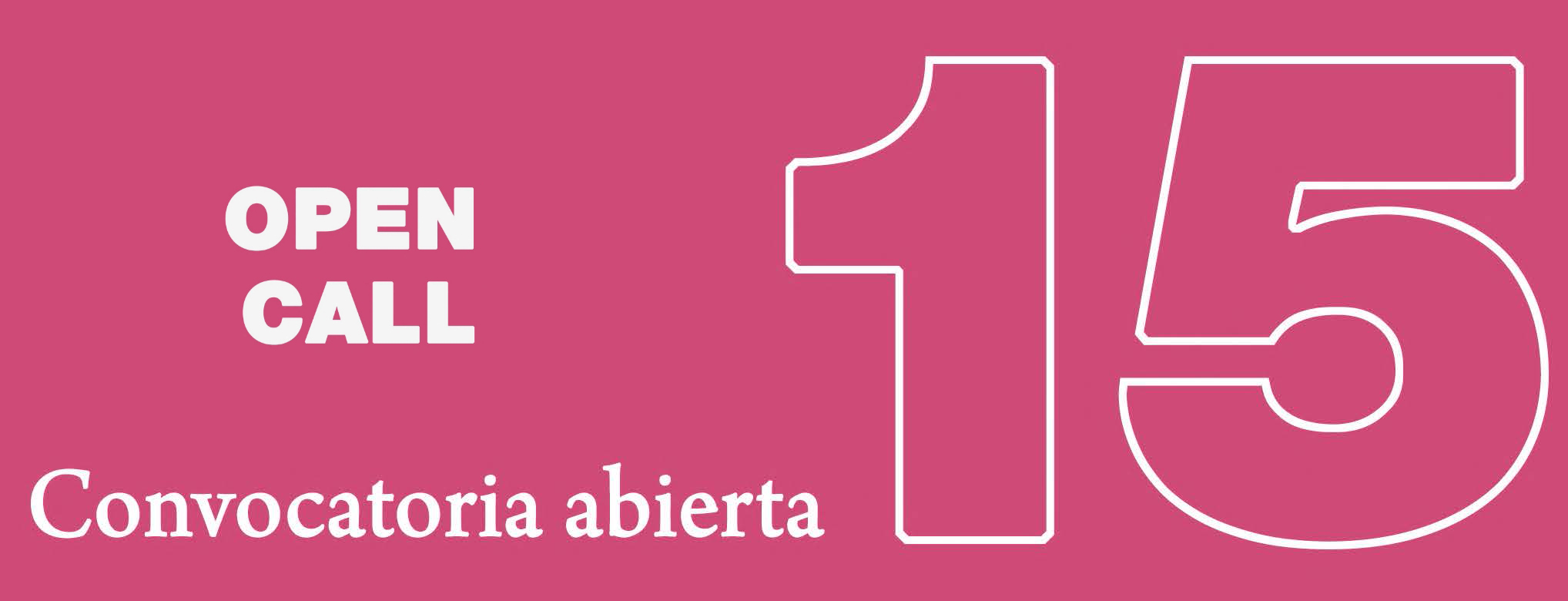El diálogo entre proyecto y lugar. Un reto para la arquitectura del siglo XXI
Resumen
First I explore, very briefly, the avatars of the relationship between place and design in the past century, in relation to the quality of the project, reflecting on the different attitudes in this regard.
Within its second part, the article introduces recent theories on the functioning of dialogic imagination, for which the site ceases to be something suspicious or secondary in order to become something irreplaceable and necessary for the designer. In this way, the work of the architect throughout the project is related to education, construction, and his social life; a very ambitious goal, but necessary if we want to maintain the legitimacy of the Architecture profession.
The functioning of this dialogic imagination is explained by means of plainly represented examples that illustrate the real possibilities of these theories. In these examples, the dialogue between design and place enriches the quality of the architecture and planning that end up being built. Simultaneously, the interactions between Architecture, culture and society are made manifest, allowing the architect to assert his/her ability to investigate alongside other professions and disciplines.
Finally, in the conclusions, the article recognizes that the quality of the physical and social place of the project is responsibility of the architect. Processes of globalization, more and more fast, can not be the excuse for the social networks of power that underlie the construction of increasingly large territories, because they may result less habitables each day.
The article is accompanied by a bibliography of Lewis Mumford, as well as a brief text written by him.
Descargas
Descargas
Publicado
Número
Sección
Licencia
1. Los autores conservan los derechos de autor y garantizan a la revista el derecho de una Licencia Creative Commons Atribución-NoComercial-SinDerivar 4.0 Internacional que permite a otros compartir el trabajo con un reconocimiento de la autoría.
2. Los autores pueden establecer por separado acuerdos adicionales para la distribución no exclusiva de la versión de la obra publicada en la revista (por ejemplo, situarlo en un repositorio institucional o publicarlo en un libro).













